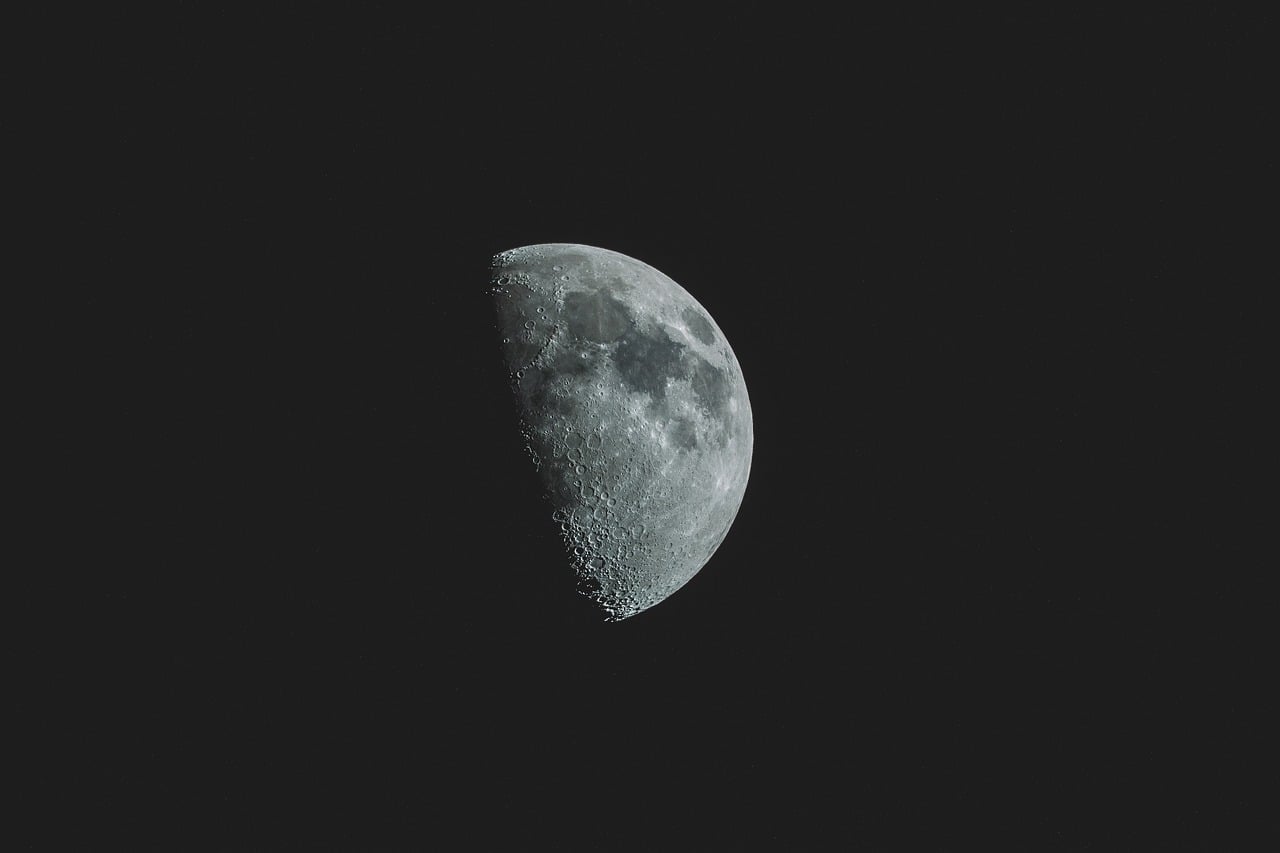The sun at the center of our solar system enables life to exist on Earth, and evidence from the moon’s crust can tell us a lot about the sun’s history, according to new research. The study also sheds light on why life doesn’t exist on Mars and Venus.
Scientists believe the sun had a violent evolution and that during the earliest days of the solar system, it had frequent outbursts of radiation, resulting in the ejection of high-energy clouds that affected its surroundings. Researchers believe these outbursts contributed to the creation of life on early Earth due to chemical reactions between materials on the planet, which caused it to be warm and wet. However, this same process prevented life on other worlds, and scientists think they may finally know why.
The creation of life depended on how fast the sun rotated around its axis. The faster it moved, the more unlikely the chance for life on other worlds was. According to Prabal Saxena, an astrophysicist at NASA’s Goddard Space Flight Center in Greenbelt Md., this baffled scientists. Saxena and his team say they have learned that the moon’s crust hides clues about the violence of the sun’s history.
“We didn’t know what the Sun looked like in its first billion years, and it’s super important because it likely changed how Venus’ atmosphere evolved and how quickly it lost water. It also probably changed how quickly Mars lost its atmosphere, and it changed the atmospheric chemistry of Earth,” Saxena said in a statement.
Popular theory suggests the moon was created when a Mars-sized object crashed into Earth during the chaotic, early days of the solar system 4.5 billion years ago.
“The Earth and Moon would have formed with similar materials, so the question is, why was the Moon depleted in these elements?” said Goddard planetary scientist Rosemary Killen, who researches the effect of space weather on planetary atmospheres and exospheres.
The team used advanced computer models to determine the connection between the sun and the moon during the early, chaotic days of the sun’s history when they believe it spun around its axis much faster than today. Their computer simulations were published in The Astrophysical Journal Letters last month.
Their findings suggest the baby sun rotated 50% faster than other baby stars. They believe during its earliest years, it took the sun nine to 10 days to complete one rotation around its axis.
Their research also revealed something interesting about the sun’s history, which is that the star was able to spew the right amount of charged particles into the moon’s crust, casting sodium and potassium into space and leaving the amounts of these two materials now found on the moon.
“Space weather was probably one of the major influences for how all the planets of the solar system evolved,” Saxena said, “so any study of habitability of planets needs to consider it.”
Although they believe the sun’s early rotation played a role in the development of life on Earth, it doesn’t seem to have affected Mars and Venus, both of which are rocky planets similar to Earth. A long time ago, Earth’s atmosphere was different and depended mostly to hydrogen and helium. However, they believe the massive energy outbursts from the sun removed the primordial haze over the course of 200 million years. As Earth’s crust cooled and became solid, volcanoes changed the atmosphere, making it richer in carbon dioxide, water and nitrogen. They believe the first bacteria came over the next billion years.
“We were lucky that Earth’s atmosphere survived the terrible times,” senior Goddard heliophysicist and astrobiologist Vladimir Airapetia said.
He studies how space weather affects the habitability of terrestrial planets and worked with Saxena and Killen on the early sun study.





